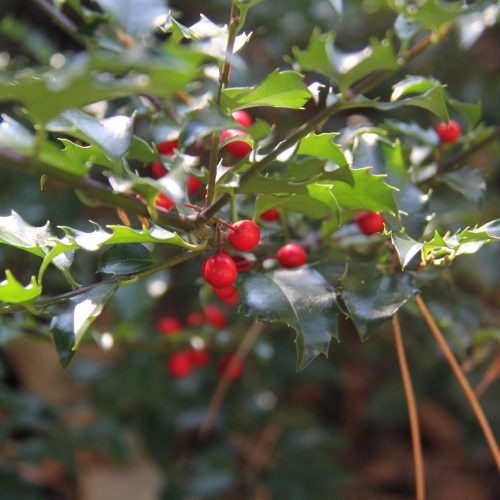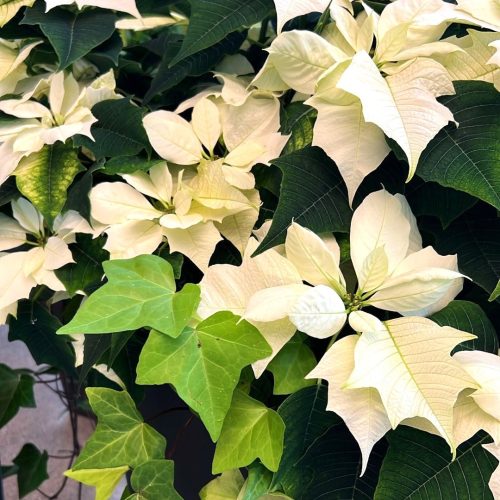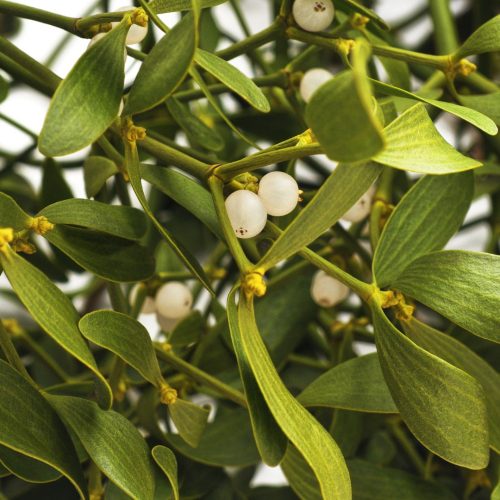| Membership | Price (+HST) |
|---|---|
| Single | $85/year |
| Single Plus | $120/year |
| Family | $130/year |
| Family Plus | $175/year |
| Contributing | $300/year |
| Supporting | $600/year |
| Sustaining | $1,000/year |
| Benefactor's Circle | $2,500/year |
| Director's Circle | $5,000/year |
| President's Circle | $10,000/year |
Solstice Botany and Christmas Celebrations
By Alex Henderson, Curator of Living Collections, Royal Botanical Gardens
Have you ever stopped to think why, in the middle of winter, when the northern world is hibernating, that we decorate our homes at Christmas using evergreen trees, branches, leaves, or winter blooming plants? The origins of Christmas and its botanical symbology can be found in the deep history of ancient peoples of northern Europe who had a deep connection to the natural world.
Living in such cold, northern climes they celebrated the passing of the seasons, and in particular held reverence for the sun which was venerated annually to mark the winter solstice, the return from darkness to light and the renewal of life. Some believed the sun stood still for a period of twelve days, so a log was lit to vanquish the dark, evil spirits and bring luck for the coming year. This was known as Yuletide and during celebrations houses were decorated with plants thought to hold specific powers.

Holly (Ilex)

Ivy (Hedera), pictured as part of a white poinsettia arrangement

Mistletoe (Viscum)
Included were Fir branches to protect from evil spirits, Holly (Ilex) thought to be a symbol of eternal life, Ivy (Hedera) which provided protection for houses from evil and Mistletoe (Viscum) which was a symbol of fertility. They were also symbols of rebirth, the return of longer days, crop planting and the world becoming verdant once again.
With the spread of Christianity, pagan beliefs were incorporated into church celebrations and Yuletide became Christmastide shifting from the solstice to December 25 due to the proximity of dates. Many of the plants associated with solstice botany were likewise absorbed into Christmas traditions. For example, in recent times Christmas trees were popularized in Europe by Prince Albert, Queen Victoria’s husband in 1848 and the first lighted tree in North America was displayed in Times Square in 1912.
The plant use and botany of arcane solstice rituals provides a fascinating insight into how we celebrate Christmas today and is a captivating example of how traditional plant knowledge passed down through generations of humanity is the foundation for our modern-day mass ritual that has international, cultural, spiritual, and ethnobotanical importance.
More from the RBG Blog
Check out RBG’s blog for announcements, articles, and more from Canada’s largest botanical garden.
Want to be sure you hear first? Sign up for our weekly e-newsletter to hear about upcoming events, weekend activities, articles, and more!












